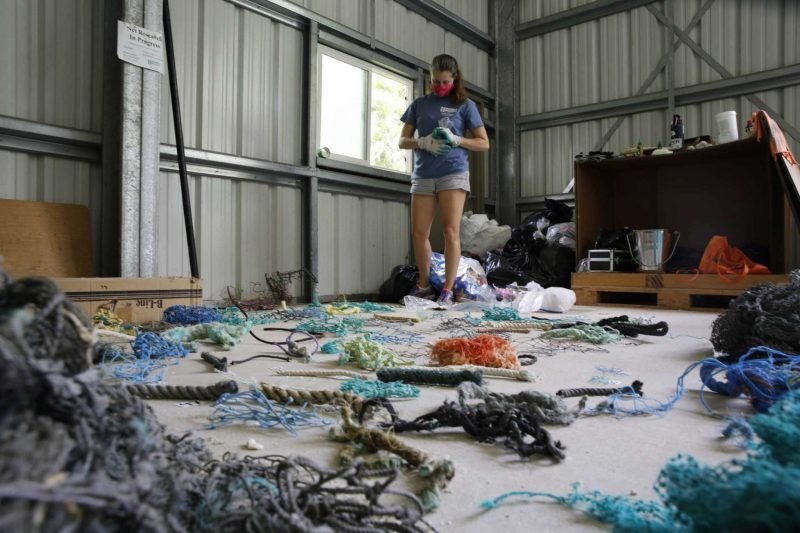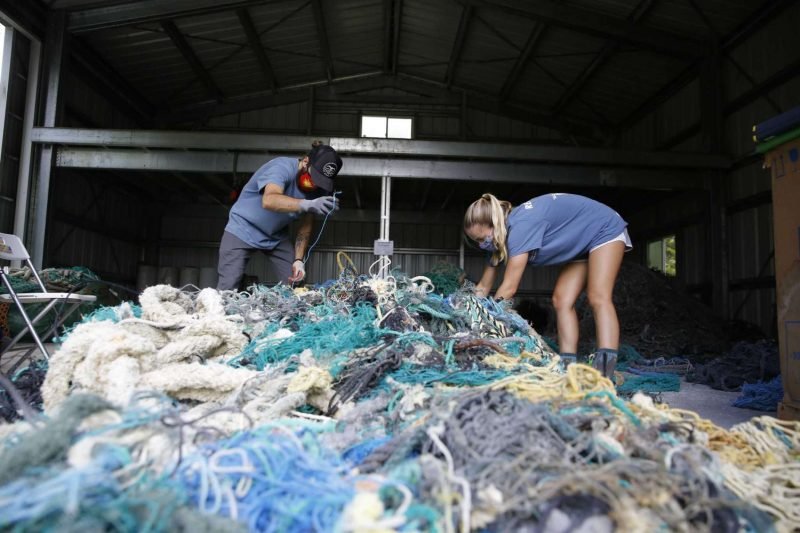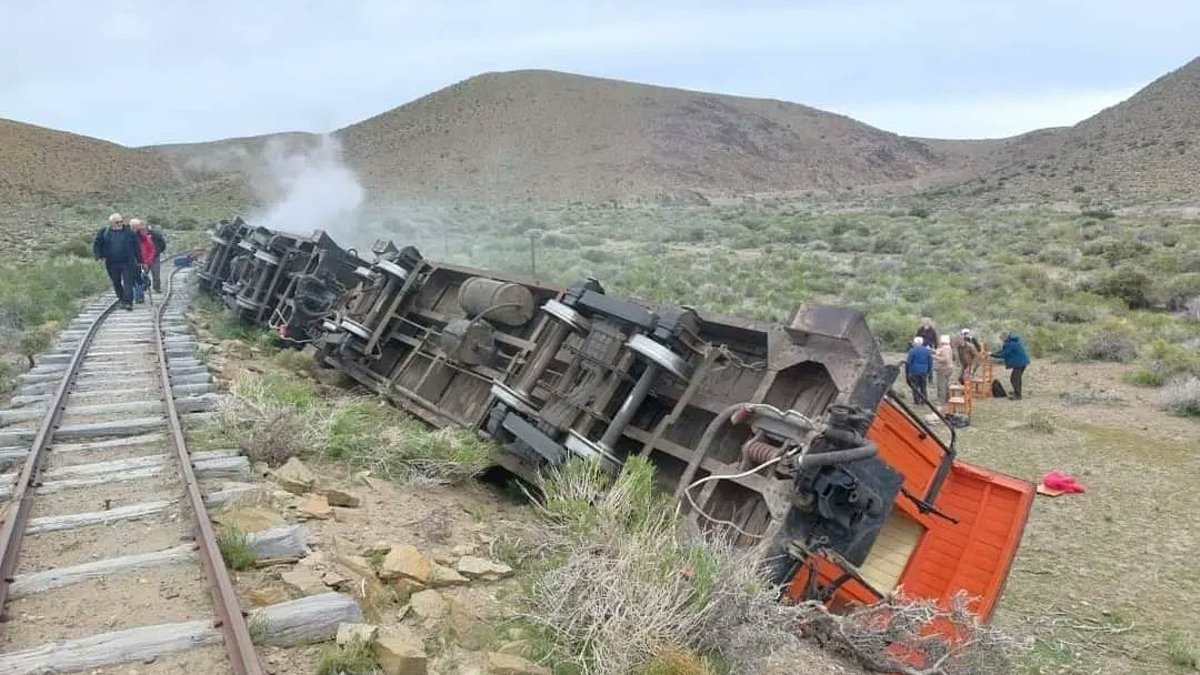Unknown origins “ghost nets” drift among the Pacific flows, endangering aquatic ecosystems and polluting shorelines with the entangled remains of what they kill.
This fishing gear, which was lost or dumped at sea continues to cause mayhem on sea species and coral reefs in Hawaii.
Researchers are now doing a thorough investigation of tons of ghost nets in order to track this dangerous waste back to fishermen and manufacturers.
Drew McWhirter, a graduate student at Hawaii Pacific University and one of the study’s lead researchers said that the most serious concern is that abandoned gear continues to kill fish and other creatures such as endangered Hawaiian monk seals, seabirds, and turtles.
“These nets bulldoze over our reefs before they hit the shore,” McWhirter added. “They leave a path of destruction, pulling coral heads out, and can cause a lot of ecological damage.”
Previous efforts to trace the origins of nets have been challenging since trash originates from so many different countries and nets have few, if any, distinguishing marks.
Many nets are lost accidentally, according to experts, although vessels occasionally abandon nets to escape prosecution while fishing illegally. Other fishermen tear away sections of damaged nets rather than returning them to shore.
Jennifer Lynch, a research biologist with the National Institute of Standards and Technology, is supervising the ghost net project as co-director of Hawaii Pacific University’s Center for Marine Debris Research.
“We’re going to have a very challenging time … trying to identify it back to its source,” said Lynch. “And if we fail, … that’s going to be increased evidence for policymakers to see the importance of gear marking and potentially bring those kinds of regulations to the front.”
Lynch is not interested in pointing fingers. Rather, she expects that the report, which will be submitted to the fishing industry first, will aid in the development of innovative methods to prevent damage to the marine ecosystem.
“We’re doing this study in a very forensic way where we’re gathering as much evidence as we possibly can so that we can present the best, most accurate story,” Lynch said.

The research team collects ghost nets from three places: the major Hawaiian Islands, the fishing grounds of the Hawaii longline tuna fleet — which frequently snags nets — and the coasts of the uninhabited Northwestern Hawaiian Islands, which are part of the Papahanaumokuakea National Marine Monument.
An April trip to Papahanaumokuakea, the United States’ biggest protected environment, and a UNESCO World Heritage Site, retrieved approximately 50 tons of nets and other gear.
Researchers pick apart bundles of fishing gear in a shed on the university’s campus, noting the links between things. The samples are then transported to a lab for examination.
“We only really need a small sample here to really understand how it’s constructed,” said Raquel Corniuk, a research technician at the university.
Researchers examine over 70 distinct features of each piece of net.
“We look at how it’s twisted. Is it twisted versus braided? We are trying to look at how many strands does it have, its twine diameter, mesh stretch size,” Corniuk said.
The data is placed into a database, where experts may look for similarities that might lead to manufacturers and, eventually, particular fishermen or countries.
The researchers have already found debris from all around the Pacific, including the West Coast of the United States and Asian countries.
According to a professional fisherman who now works for a net company in Washington state, much of the ghost net problem is caused by less industrialized countries that have minimal fishing regulations and use low-quality nets.
“Their products tend to be weaker,” said Brian Fujimoto, a sales executive for NET Systems Inc., in Bainbridge Island. “And if you look at the poly netting and ropes that you’re finding, they’re all very inexpensive stuff.”

“We kill fish for fishing and for consumption, but these fish that are killed by lost gear are killed for no reason, not to mention the sea life, turtles, and other animals that we like,” said Daniel Pauly, a marine biologist, and professor at the University of British Columbia’s Institute for the Oceans and Fisheries.
“Clamping down on this loss, which is too easily accepted, … is a good thing,” added Pauly.
Read more:
- 9 Habits that Drain your Daily Focus and How to Avoid Them
- Antisemitism increased across the United States in the Israeli-Gaza struggle
Jonathan Moore, principal assistant secretary of the Bureau of Oceans and International Environmental and Scientific Affairs at the United States State Department said: “illegal, unreported, and unregulated fishing, sometimes associated with ghost gear, is among the greatest threats to the sustainable use of our shared ocean resource.”
“Certainly, gear-marking guidelines and regulations should be a central pillar of all responsible fisheries management operations,” he said.
Although some fishing gear, such as crab traps and buoys, must be identified under U.S. and international law, nets are not required to be marked.
National Oceanic and Atmospheric Administration stated that: “NOAA Fisheries is unaware of any regulations that have been or are being considered, with regard to ghost nets. We continue to work agency-wide on this international marine debris problem.”
























